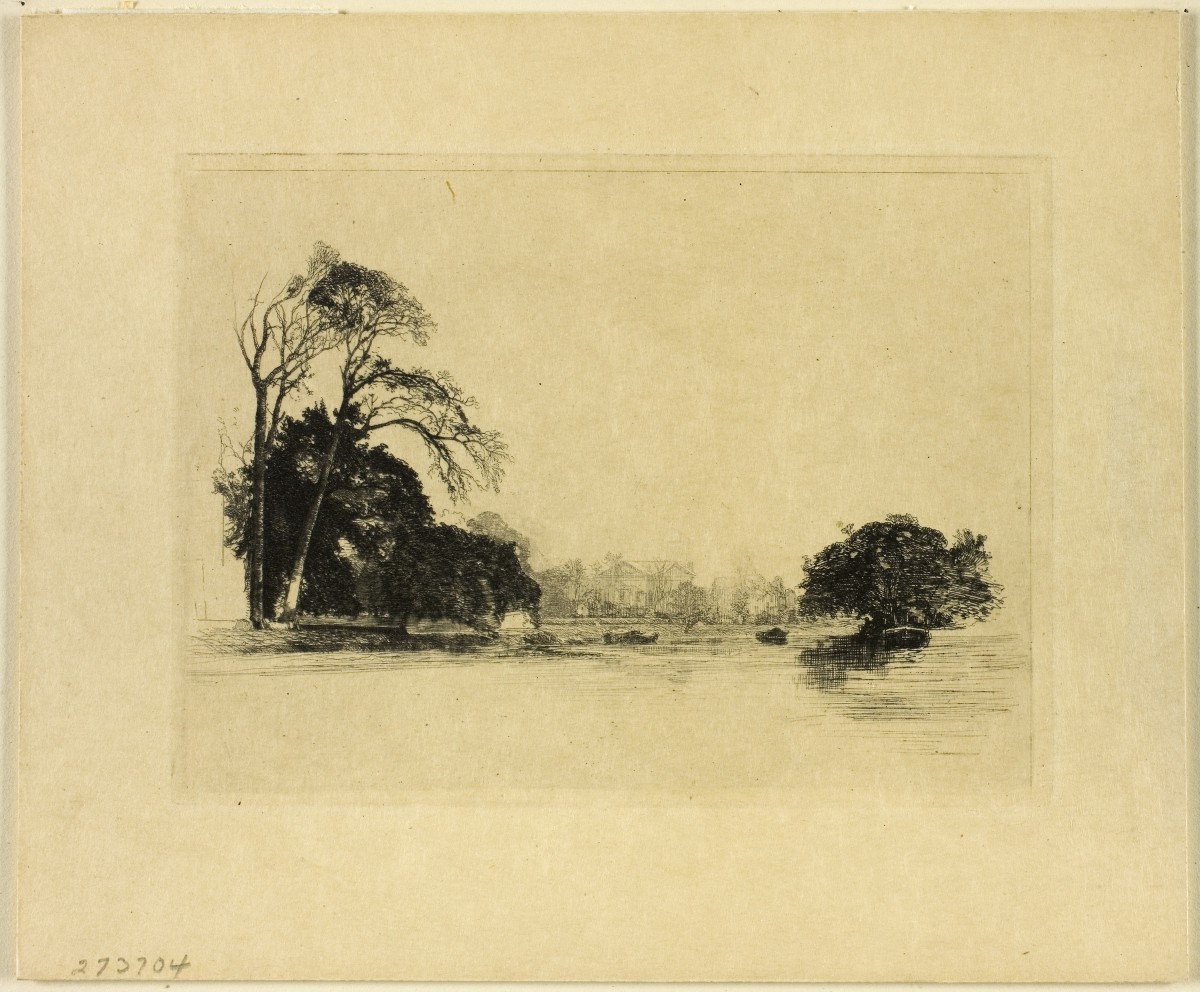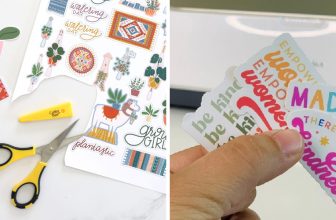How to Seal Charcoal Drawings
You may have created a wonderful charcoal drawing that can give you praiseworthy complements. But now what? If you don’t preserve it in the right way, it will eventually fade away. As a result, you won’t be able to show your exact craftwork. So, how to seal charcoal drawings? How to preserve them in an accurate way? Actually, there are several ways to seal a charcoal drawing. Some would suggest you spray fixative spray while others would suggest something else. It is a debating topic among many artists. Don’t worry; I am here to show the accurate thing for the protection of your drawing.
Whether or not you must preserve your charcoal drawing in your better way. Indeed, the ideal way is to use fixative spray on it. Some may say that using these sprays can cause the loss of particles or may hamper the picture’s quality. Well, it completely depends on the type of your product and the way you are using it. If you fail to apply it properly, it is really going to hamper your picture. In fact, there are several types of fixative sprays out there; each of them is made for several purposes. If you pick the inaccurate one, it will also bear a negative impact on your picture.
That’s why you have to a bit more concerned about picking the correct fixative spray and also have to use it in a correct way. I am here to take you through all of these questions. So, hang tight, and let’s dive in!

What Happens if I Don’t Use a Fixative Spray?
If you are still confused about the usage of fixative spray. Let me make you one thing clear. Fixative sprays are specially designed to protect your artworks. And that’s only for overnight; a high-quality spray will keep your artworks as good as new for years.
If you are the one who takes out the painting for showing it to your friends, you must use these special items for their protection. Otherwise, your painting will lose its youth within a short time. But the only problem with these sprays is that they are numerous in number. If you don’t choose the correct one, you won’t be able to acquire the correct support, just as we have mentioned above. Anyway, now let’s see how to use a fixative spray on your charcoal drawing.
How to Seal Charcoal Drawings with Fixative Sprays?
Fixative sprays offer the easiest way to protect the drawings and give them eternal life. So, if you really want to save your painting, follow these simple steps:
Step One: Prepare the Artwork
First of all, you have to make your artwork ready for sealing. Probably, you won’t want to seal the drawing with any of the losing parts from your drawing. That’s why it will be better if you check it properly. If you find any loose particles on the painting, simply use a brush gently to remove it. Don’t use your hand; it will leave an oily mark over the paper. Make sure to fix the painting on a solid surface where it will stay secure throughout the process. You have to put it slightly angled for spraying over it appropriately and preventing puddles. In this case, you can also use tape or clips to secure the painting properly with the surface. They won’t let it move at the time of working.
Step Two: Practice Spraying
If you are using the spray for the first time. It is recommended to practice spraying it somewhere else. It is because if you use too much fixative spray on your drawing, it can bear adverse effects, instead of helping you. In fact, it will also help you to identify the accurate one. When you will spray it over a paper and find out that it isn’t harming the paper at all, you can use it over your painting without any hesitation. That’s why you should use the spray somewhere else first before applying it finally. Once you find it safe, you can apply it to your charcoal painting.

Step Three: Prepare the Fixative
Every fixative bottle has specific instructions and user manuals. So, you must find that out and follow the guidelines properly. In most cases, fixative spray bottles are required to be shaken properly for at least two to three minutes. It enhances the effectiveness of the spray. You also have to clear the nozzle so that the spray can come out properly.
Step Four: Applying the Fixative
Once you have sprayed the first stage (light coat), wait for thirty minutes before you go for another coat. As we have mentioned above, don’t rush. Make sure to accomplish the entire spraying process by keeping at least two feet away. Remember, you shouldn’t touch the paper during the process, even if it looks dry.

Step Five: Waiting
After spraying the fixative on your painting, you should give it the required time. We recommend waiting for at least one hour. Before touching, it ensures that the painting is sufficiently dried. Once it becomes dry, you can place it anywhere and any places you want.
How to Seal and Preserve Charcoal Drawings?
Charcoal drawings are a beautiful form of art that requires a lot of skill to create. However, as with any form of art, it’s important to preserve the work so that it can be enjoyed and appreciated for years to come. Sealing and preserving a charcoal drawing is essential in ensuring that it remains intact and doesn’t smudge or fade over time.
A fixative spray is one of the best ways to seal and preserve a charcoal drawing. This spray contains a lacquer that should be applied in thin and even layers over the drawing. In between each layer, it’s important to let the drawing dry completely. The fixative spray not only seals the charcoal but it also helps to protect it from harmful elements that can cause it to deteriorate.
Another important tip is to store the charcoal drawing properly. It’s essential to keep the drawing in a dust-free environment, away from direct sunlight or any kind of moisture. Failing to do this properly can cause the paper to deteriorate over time, and the charcoal may smudge or fade.
Frequently Asked Questions
Do You Have to Seal Charcoal Drawings?
No, it is not necessary to seal charcoal drawings. However, there are many benefits of sealing a charcoal drawing.
It helps prevent the drawing from fading and allows for color permanence in the artwork. It also protects the drawing from unwanted moisture, which can cause problems such as mold or mildew growth that can ruin your work.
Can You Seal a Charcoal Drawing With Hairspray?
Hairspray is not a good medium for sealing charcoal drawings. It will make the charcoal crumble, and it won’t adhere to the paper.
To seal your drawing with hairspray, you would need to use something like polyurethane spray, which is an adhesive that bonds well with the material of your artwork.
What Do You Seal Charcoal Drawings With?
When you seal a charcoal drawing, you will use a sealant that is made specifically for this purpose. For example, you can use wax or polyurethane to seal your charcoal drawings and protect them from moisture and stains.

There are many sealants on the market, so it’s best to do some research before sealing your charcoal drawing to find one that works well with your materials.
Can Hairspray Preserve Charcoal Drawings?
Hairspray is not a suitable medium for preserving charcoal drawings. If you are looking to preserve your charcoal drawing, use a suitable spray-on varnish-like Krylon Acrylic Varnish Spray Paint.
Final Thoughts
After spraying the fixative on your painting, you should give it the required time. We recommend waiting for at least one hour. Before touching, it ensures that the painting is sufficiently dried. Once it becomes dry, you can place it anywhere and any places you want.




